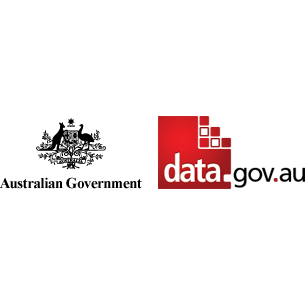Brief description
In March 2003, banks and selected Registered Financial Corporations (RFCs) began reporting their international assets, liabilities and country exposures to APRA in ARF/RRF 231 International Exposures. This return is the basis of the data provided by Australia to the Bank for International Settlements (BIS) for its International Banking Statistics (IBS) data collection. APRA ceased the RFC data collection after September 2010.The IBS data are based on the methodology described in the BIS Guide on International Financial Statistics (see http://www.bis.org/statistics/intfinstatsguide.pdf; Part II International banking statistics). Data reported for Australia, and other countries, on the BIS website are expressed in United States dollars (USD).
Data are recorded on an end-quarter basis.
There are two sets of IBS data: locational data, which are used to gauge the role of banks and financial centres in the intermediation of international capital flows; and consolidated data, which can be used to monitor the country risk exposure of national banking systems. Only consolidated data are reported in this statistical table.
Data are shown for a range of countries and regions. Similar data for a selected group of countries are also available in statistical table B13.1.
Country and regional groupings are based on the classification used in the IBS.
Data presented in this statistical table are immediate risk claims (expressed by the BIS as claims on an immediate borrower basis), which cover exposures on an immediate counterparty location basis. Ultimate risk claims are presented in complementary statistical tables B13.2 and B13.2.1, which cover immediate exposures adjusted (via guarantees and other risk transfers) to reflect the location of the ultimate counterparty/risk.
International claims represent cross-border claims in all currencies and foreign offices’ local claims in non-local currencies (which would include, for example, USD claims on New Zealand residents by the New Zealand subsidiary of an Australian-owned bank).
This statistical table contains seven data worksheets. Six present data for countries within each specified region, while the 'Summary' worksheet shows total international claims of the globally consolidated operations of Australian-owned banks for each region, international organisations and unallocated. In each of these worksheets, the data in the last column measures total international claims for the region. Total international claims for each country add to total international claims for the region. However, in some quarters, this cannot be directly verified because data for individual countries and regions have blank entries in order to avoid disclosing confidential bank exposures.
In the 'Summary' worksheet, the positions by region and international organisation, and unallocated are summed to produce a ‘Total’ figure that represents reporting entities’ total international exposures.
Full description
b13-1-1-hist.xls -Spatial Coverage And Location
text: Australia
Subjects
User Contributed Tags
Login to tag this record with meaningful keywords to make it easier to discover
Identifiers
- Local : consolidated-exposures-immediate-risk-basis-international-claims-by-country
- URI : data.gov.au/data/dataset/eb95f996-335f-4bfc-b30a-385685277897



